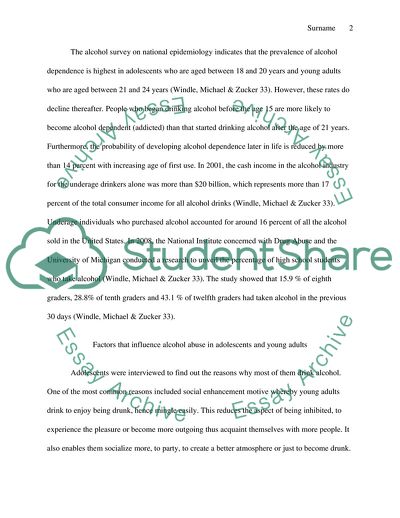Cite this document
(Prevalence of Alcoholism Among the Young People Coursework Example | Topics and Well Written Essays - 2250 words, n.d.)
Prevalence of Alcoholism Among the Young People Coursework Example | Topics and Well Written Essays - 2250 words. https://studentshare.org/psychology/1833668-alcoholism
Prevalence of Alcoholism Among the Young People Coursework Example | Topics and Well Written Essays - 2250 words. https://studentshare.org/psychology/1833668-alcoholism
(Prevalence of Alcoholism Among the Young People Coursework Example | Topics and Well Written Essays - 2250 Words)
Prevalence of Alcoholism Among the Young People Coursework Example | Topics and Well Written Essays - 2250 Words. https://studentshare.org/psychology/1833668-alcoholism.
Prevalence of Alcoholism Among the Young People Coursework Example | Topics and Well Written Essays - 2250 Words. https://studentshare.org/psychology/1833668-alcoholism.
“Prevalence of Alcoholism Among the Young People Coursework Example | Topics and Well Written Essays - 2250 Words”. https://studentshare.org/psychology/1833668-alcoholism.


